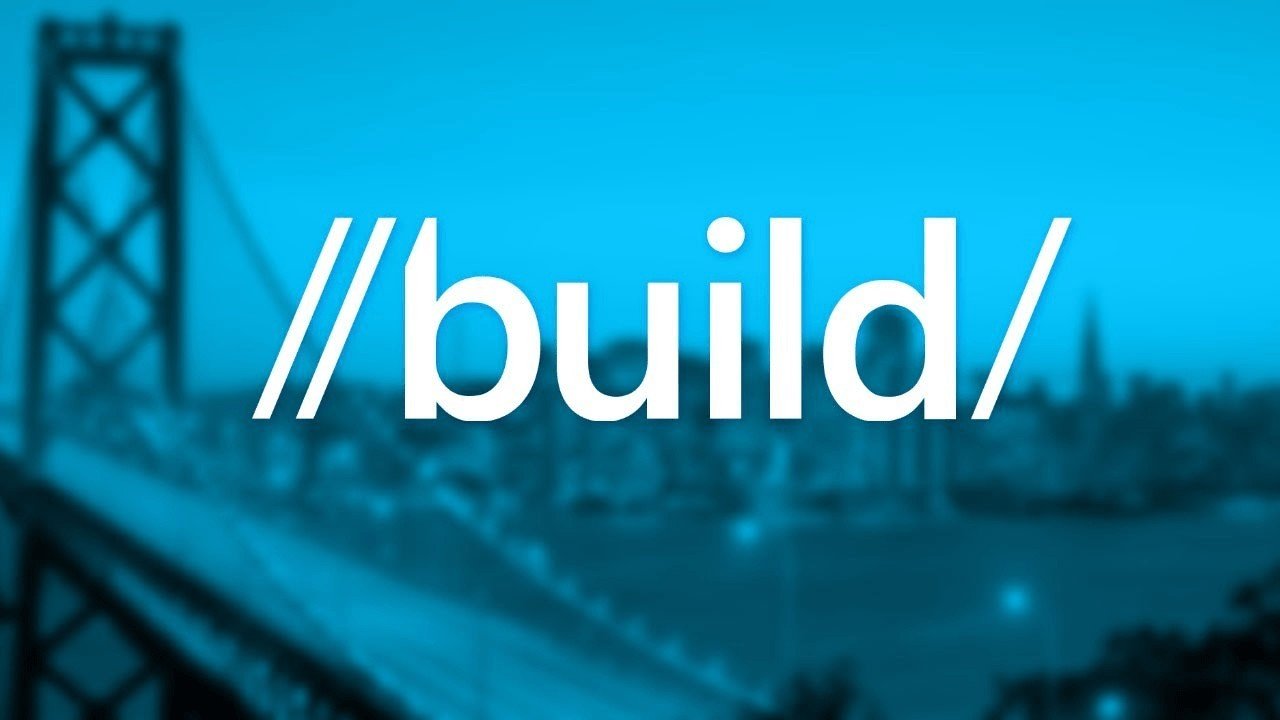A hushed audience, one button and five minutes.
Microsoft’s Jeff Hollan rose to the challenge of building an app from scratch today at Microsoft Build.
He first introduced the audience to a simple button device, that when pressed, would wake up, connect to wifi and send data to the cloud.
The goal of the five-minute challenge was to have the button tweet out information about the live event.
By going to the Azure IoT portal, he created a new IoT hub. Following this, he opened Microsoft Visual Studio, added a new Azure function that has a trigger to associate it with the hub.
Writing the code came next, and through the Connections tab in the Azure hub, he wrote out a tweet and ran the code locally.
His tweet was automatically created when he refreshed Twitter.
It doesn’t matter if someone is at a conference or at a live gaming event, with the simple click of a button — literally — information can be sent out to followers across the globe.
However, what if instead of someone having to press a button to tweet out something awesome, there is a device that senses when something great is happening, and automatically tweets it out?
Hollan showed the world with his next demonstration using Azure IoT Edge that such a case was no longer science fiction.
Azure IoT Edge runs on both Windows and Linux devices, and deploys apps using container-based programming models. In addition, it supports server-based wireless Azure functions such as Azure MI, Functions, Streaming Analytics, and has end-to-end security from a device to the cloud.
After going to the Iot Edge section of the hub, Hollan indicated the common devices that were connected, such as a computer and a camera that observed the environment.
Using Visual Studio, he then showed the audience the code, which was made up of entirely of containers. One of the containers encompassed a machine learning model to identify the environment.
For example, in his demonstration, Hollan trained his AI model to identify whether or not a person or a photo was Scott Guthrie. He uploaded images to train the model, and each image had tags in them. Once the training was completed, he exported the model, which could be run on any device.
Hollan then asked the audience to look closely at his Raspberry Pi device, which he stood in front of and the camera connected to it identified with a big “X” that he was indeed not Scott Guthrie.
When Guthrie himself showed his face in front of the camera, however, the device reacted positively, took a photo of him, and automatically uploaded it as a tweet.
This showed that while Azure code is a very powerful tool, it may also be used to make things for simpler devices when developers pull down specific code.
Starting today, Microsoft Azure is available to everyone.
Don’t forget to tune in every Friday the Pixels & Ink Podcast to hear the latest news, previews, and in-depth game discussions!
Never miss when new CGM articles go out by following us on Twitter and Facebook!
CGMagazine is Canada’s premiere comics and gaming magazine. Subscribe today to get the best of CGM delivered right to your door! Never miss when a new issue goes live by subscribing to our newsletter! Signing up gives you exclusive entry into our contest pool. Sign up once, you’ll have a chance to win! Sign up today!




